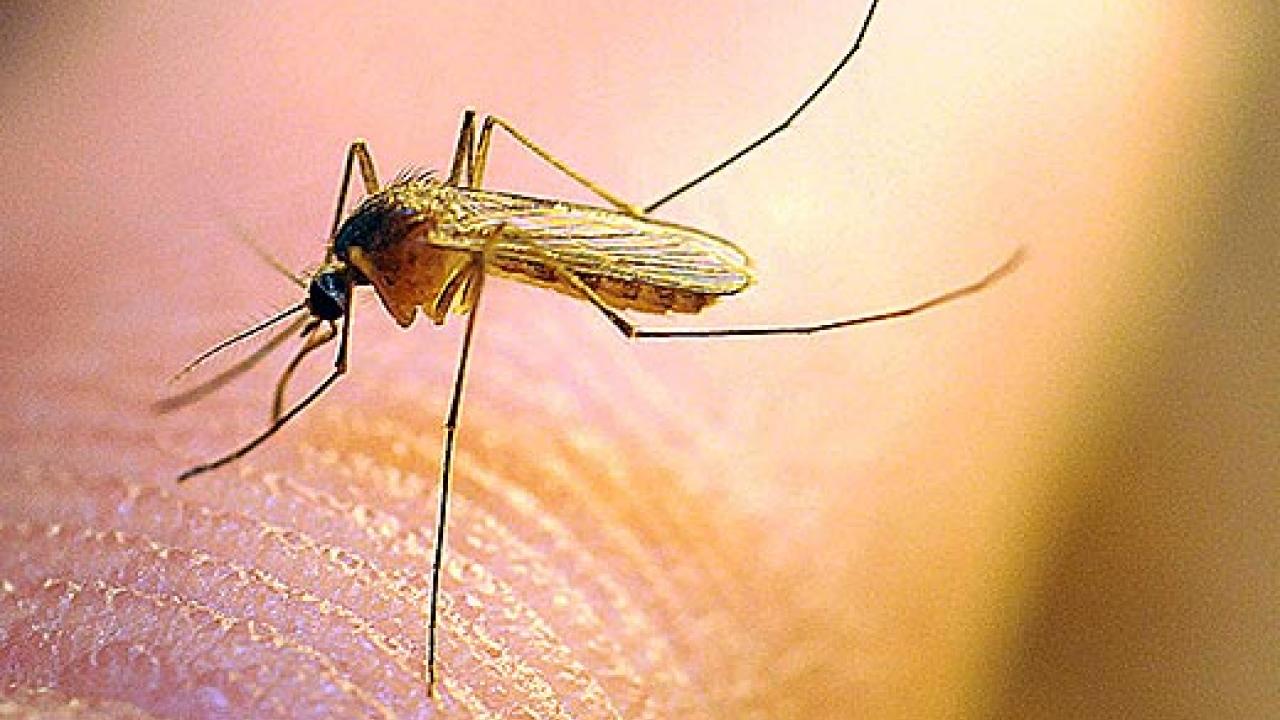DEET has been the gold standard of insect repellents for more than six decades, and now researchers led by a University of California, Davis, scientist have discovered the exact odorant receptor that repels them.
They also have identified a plant defensive compound that might mimic DEET, a discovery that could pave the way for better and more affordable insect repellents. Findings from the study appear in the journal Proceedings of the National Academy of Sciences.
More than 200 million people worldwide use DEET, developed by scientists at the U.S. Department of Agriculture and patented by the U.S. Army in 1946.
“Mosquitoes are considered the most deadly animals on the planet, but unfortunately, not everyone who needs this repellent can afford to use it, and not all who can afford it can use it due to its undesirable properties such as an unpleasant odor,” said lead author Professor Walter Leal of the Department of Molecular and Cellular Biology.
“Vector-borne diseases are major health problems for travelers and people living in endemic regions,” Leal said. “Among the most notorious vectors are mosquitoes that transmit the protozoan parasites causing malaria and viruses that cause infections, such as dengue, yellow fever, chikungunya and encephalitis.”
How mosquitoes are repelled
Mosquitoes detect scents with olfactory receptors on their antennae. The researchers examined two families of olfactory receptors of the southern house mosquito, Culex quinquefasciatus, which transmits diseases such as West Nile virus.
One receptor group, “ionotropic receptors,” normally detects acids, bases and other water-soluble compounds. The researchers discovered, however, that a receptor from the odorant receptor group is directly activated by DEET.
They also detected a link between DEET and the compound methyl jasmonate, suggesting that DEET might work by mimicking a defensive chemical found in plants.
Dan Strickman, senior program officer for Vector Control at the Bill and Melinda Gates Foundation’s Global Health Program, said, “We are at a very exciting time for research on insect repellents.” (The Gates Foundation was not involved in the study.)
“For decades, the field concentrated on screening compounds for activity, with little or no understanding of how chemicals interacted with mosquitoes to discourage biting. Use of modern techniques that combine molecular biology, biochemistry and physiology has generated evidence on how mosquitoes perceive odors,” Strickman said.
Other researchers on the team were project scientist Pingxi Xu, postdoctoral scholar Young-Moo Choo, and agricultural and environmental chemistry graduate student Alyssa De La Rosa.
Mosquito researcher Anthony Cornel, an associate professor with the UC Davis Department of Entomology and Nematology and based at the Kearney Agricultural Research and Extension Center, Parlier, provided mosquitoes that allowed the Leal lab to duplicate his mosquito colony at UC Davis. Richard Benton of the University of Lausanne, Switzerland, shared his flies, Drosophila plasmids, also part of the research.
The work was supported by the National Institute of Allergy and Infectious Diseases of the National Institutes of Health.
For more about this study, see the Department of Entomology and Nematology website at: http://entomology.ucdavis.edu/.
Media Resources
Pat Bailey, Research news (emphasis: agricultural and nutritional sciences, and veterinary medicine), 530-219-9640, pjbailey@ucdavis.edu
Walter Leal, UC Davis Molecular and Cellular Biology, 530-752-7755, wsleal@ucdavis.edu
